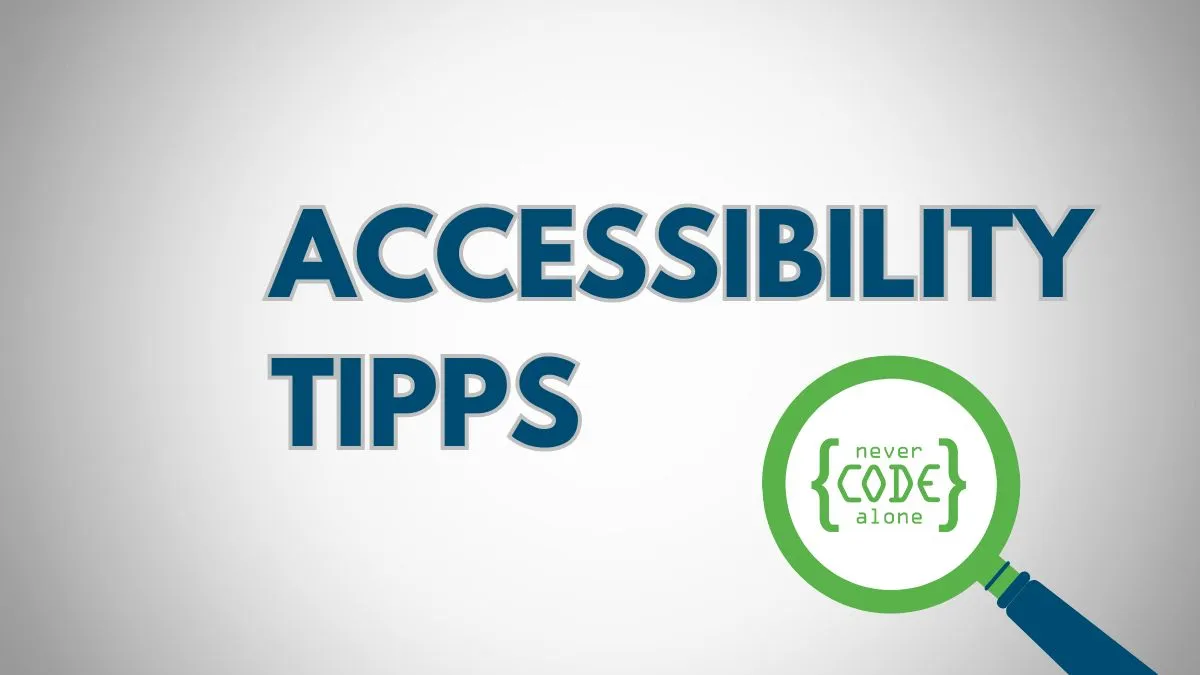
Table of content
The role of headings in accessibility and SEO
Headings are essential for accessibility and navigation on websites. They form the backbone of the page structure and help all users - especially those with screen readers - to understand and navigate content. A well-structured heading hierarchy also improves search engine indexing.
Key benefits:
- Clear navigation for screen reader users (67.7% use headings for orientation).
- Improved user experience and readability for all visitors.
- Higher SEO effectiveness through structured and semantic content.
Create a semantic and easily searchable hierarchy
Follow these best practices for a well-structured headline hierarchy:
Use a unique H1 per page
- The H1 is the main title of the page.
- Avoid multiple H1 tags to avoid confusion for users and search engines.
Example: The H1 for a blog article should be the title of the post.
Maintain a logical hierarchy
- Headings should be used in the order H2 -> H3 -> H4.
- Do not skip levels to keep the structure clear.
Use descriptive headings
- Each heading should summarise the content below it.
Example: Instead of "Section 1", you could use "Tips for structuring H2 headings".
Avoid common mistakes
- Use headings for visual purposes (e.g. only to enlarge text).
- Empty headings due to CMS errors.
- Skip heading levels or use them inconsistently in components.

Reach our specialists for accessible web design
We are here to help you. Together we can master your digital challenges and promote inclusion on the Internet. Let us make your projects successful with accessible web design.
Accessible headlines: tips for developers and designers
- Developer: Utilises semantic HTML elements and ensures that reusable components dynamically adjust the heading levels.
- Designer: Avoids the use of CAPITAL LETTERS in headings to improve readability, especially for people with dyslexia.
Note: Tools such as HeadingsMap (for Chrome, Firefox) or the WAVE Evaluation Tool can visually check the heading structure.
Why is a single H1 important?
It serves as the main title of the page and ensures clarity for users and search engines.
Can headings be skipped for design reasons?
No, skipping levels confuses auxiliary technologies and disrupts the flow of reading.
How do headlines help with SEO?
They organise content semantically and make it easier for search engines to index the page correctly.
Are ARIA roles necessary for headings?
Only in exceptional cases, e.g. to correct legacy code. Native HTML elements are preferable.
